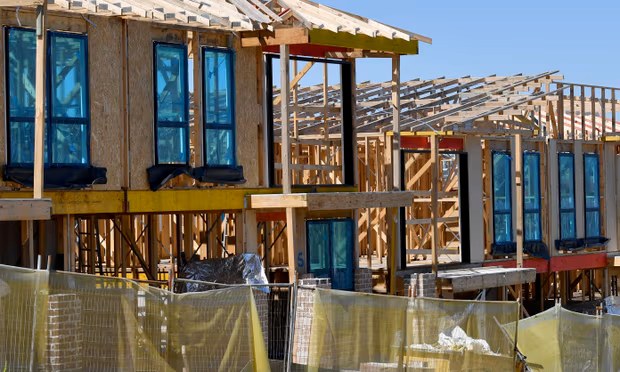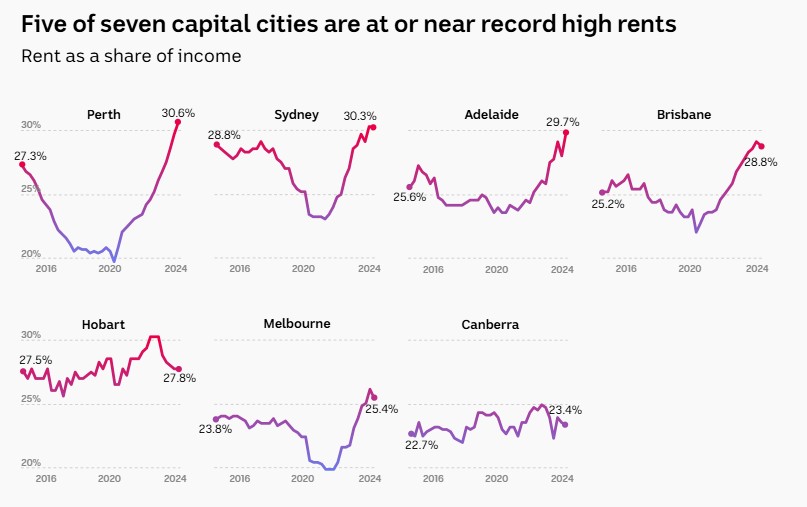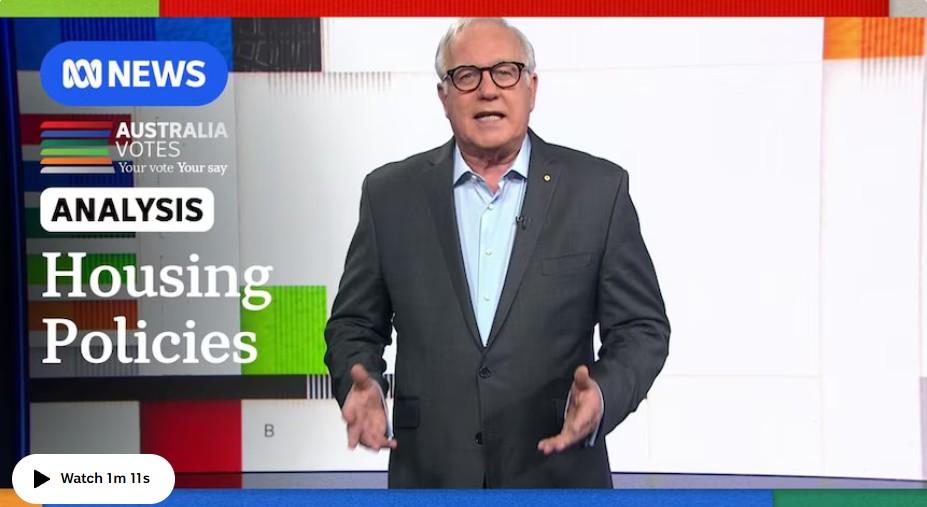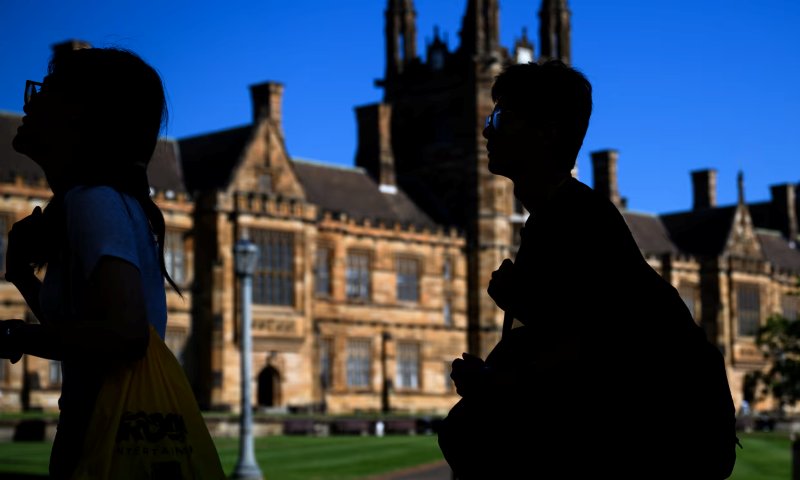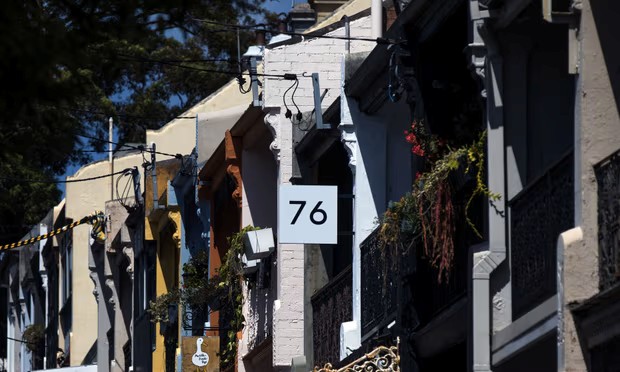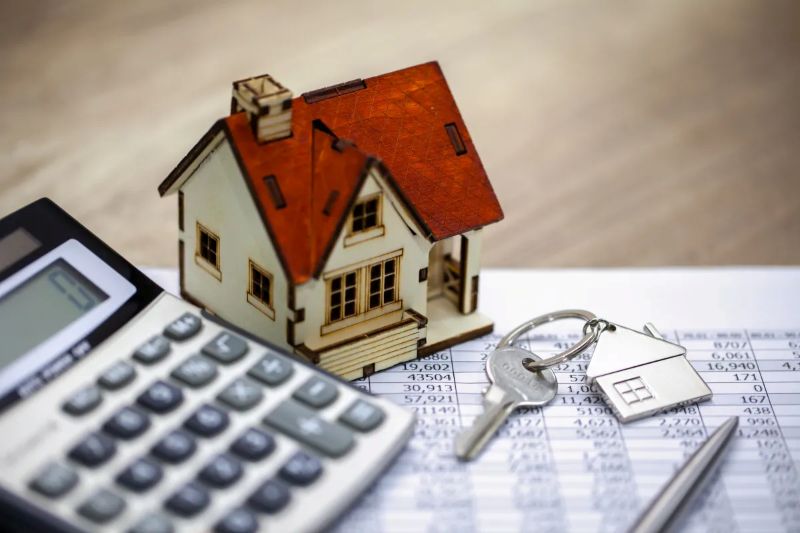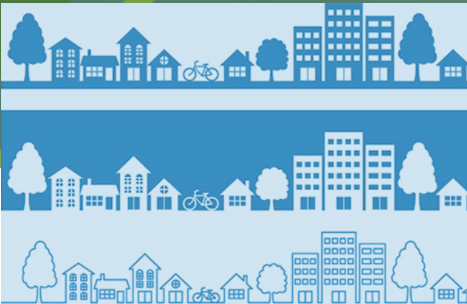Construction industry already faces shortfall of 80,000 workers as government vows to build 250,000 homes a year for four years….
This September, Melanie Misuraca and her daughters will swallow their third rent hike in as many years. It will push…
Will the major parties’ policies solve the housing crisis? Patricia Karvelas and Alan Kohler discuss the two parties’ housing policies…
Peter Dutton claims cutting at least 80,000 new international students from Australian higher education institutions will make it easier for…
Rents are growing at the slowest rate in four years thanks in part to increased supply, but are still at…
The Coalition has promised to relax home lending rules, saying that it will help more young people buy their own…
- News, Queensland Statewide (all regions)
The Housing Legislation Amendment Bill 2021 has been introduced in the Queensland Parliament to progress Stage 1 of Queensland’s rental…
- News, Queensland Statewide (all regions)
Australia’s Sustainable Built Environment National Research Centre (SBEnrc) develops projects informed by industry partner needs, secures national funding, project manages…
- Queensland Statewide (all regions)
The West Australian government has announced it will allocate an extra $875 million towards social housing, as it prepares to…
- Queensland Statewide (all regions)
Unequal pay rates and accumulation of assets, and superannuation gaps are seen as the biggest drivers for the rising rates…
- Queensland Statewide (all regions)
National Shelter is shining a light on Australians living in the dark shadows of the nation’s housing affordability crisis during…
- Queensland Statewide (all regions)
The objective of the Queensland Housing Strategy 2017–2027 is that ‘every Queenslander has access to a safe, secure and affordable…
- Queensland Statewide (all regions)
This Brief by AHURI highlights key features of what it takes to make aging in place work. It references supplementary…
- Queensland Statewide (all regions)
The call for Abstracts Submissions for this Conference is current and ends on 31st August 2021. Convened every two years…

